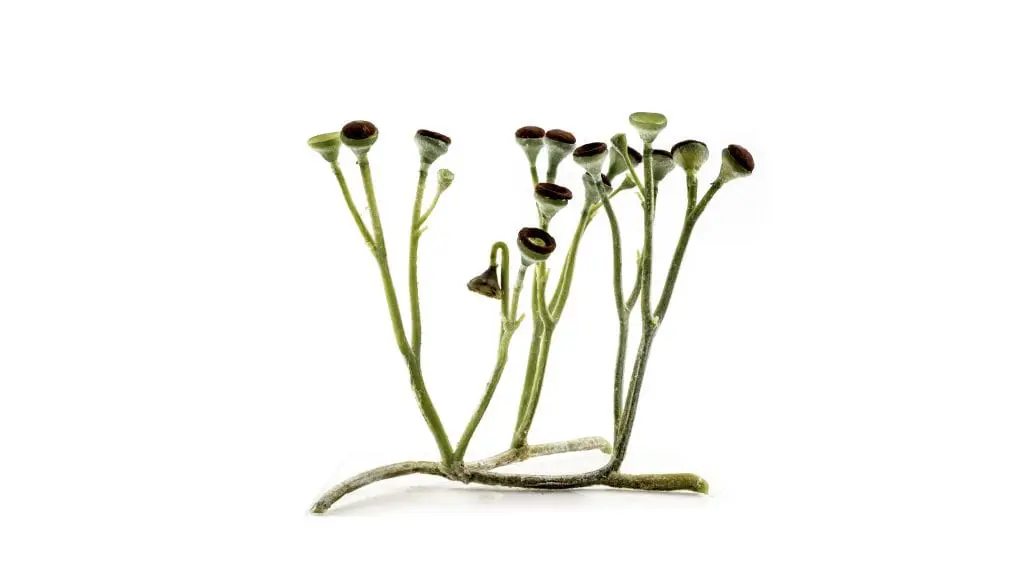When we talk about the origin of plants, a name always comes up: Cooksonia . It is a plant being that appeared in the middle of the Silurian period, that is, between 428 and 423 million years ago.
From it, many of the plants we know today could develop, from large trees to flowers. But what was she like?
Index
- 1 Characteristics of the Cooksonia
- 2 Species
Characteristics of the Cooksonia
Our protagonist was a plant that lived in practically all regions of the world: Ireland, Wales, England, Bolivia, the United States, Great Britain, Australia. It did not measure more than 10 centimeters in height , but it is very interesting to know it since it was one of the first land plants that inhabited the Earth.
It had no leaves, but its Y-shaped stems were capable of producing chlorophyll and thus photosynthesising and growing . Nor did it have roots as we know them today, but rather it was anchored to the ground by means of a horizontal rhizome. Its way of multiplying was through the spores that formed at the ends of each stem, the sporangia, although it is still not well known how.

Species
So far, seven different species have been discovered:
- C. pertoni , in the 1937
- C. hemisphaerica , in the 1937
- C. cambrensis , in the 1979
- C. paranensis , in 2001
- Bohemian C. , in 1980
- C. banksii , in 2002
Although it is not considered a lead fossil, it was an evolutionary stage of a primary genus . In fact, four different spore forms belonging to different species have been found in sporangia of one of the Cooksonia species.
These plants were described by the British William Henry Lang in 1937, who gave them the name in honor of Isabel Cookson, a woman who collected specimens of one of the species three years ago in Perton Quarry.
What do you think of this extinct plant?
